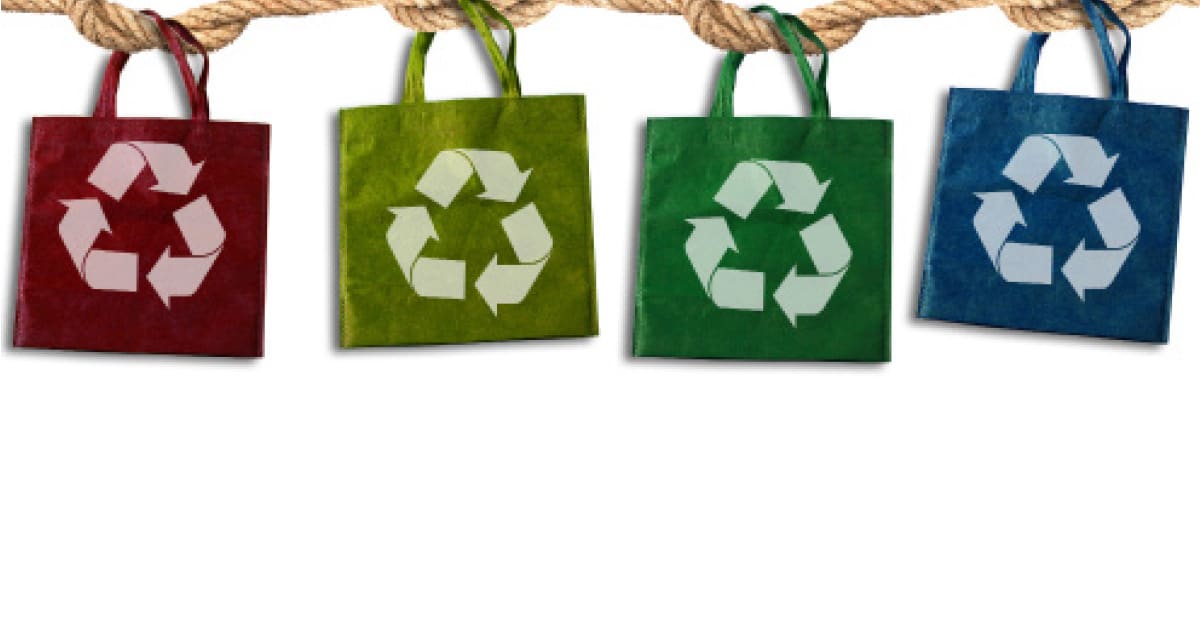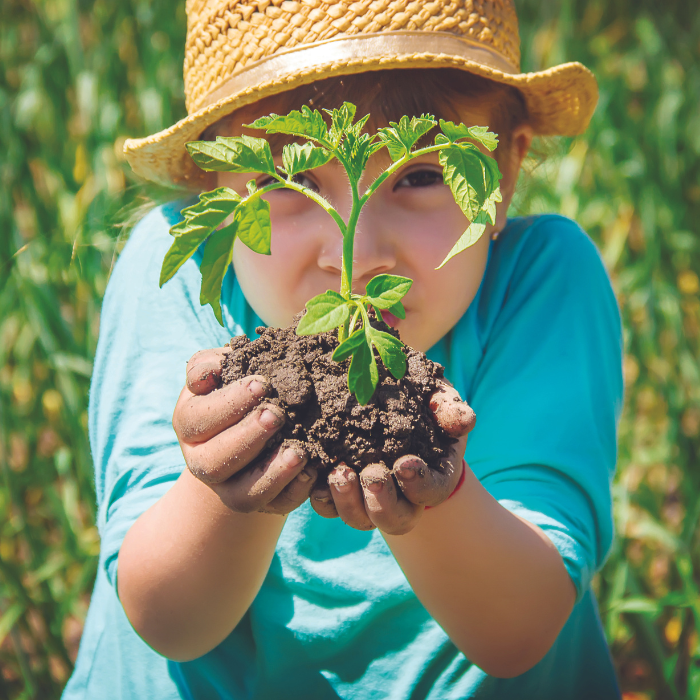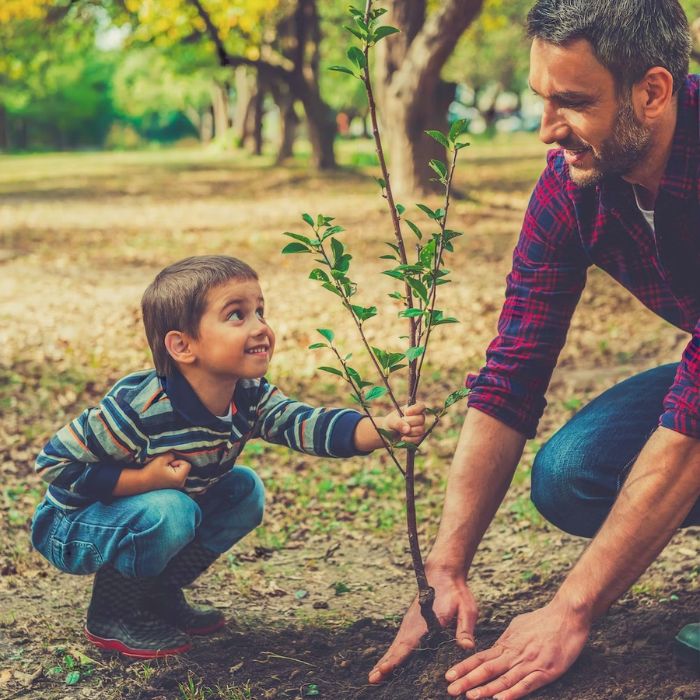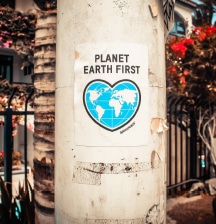
Many of us are switching to brands that have less of an impact on the environment, but what more can we do to make our everyday shopping purchases more eco-friendly?
We live in a consumer-driven world and there is an overwhelming amount of ways to spend our hard-earned dollar. Every purchase we make, large and small, has an impact on the environment. Many businesses are marketing their products as green or environmentally-friendly. There has been a large increase in brands that have the word ?eco’ in them. They do this because they are hoping you will choose to buy their product. As a consumer, we hold that power ? the power of choice. And more of us are choosing to purchase with the environment in mind. It makes sense ? what’s good for the environment must also be good for us right? Supporting businesses and products that help conserve natural resources, save energy, and prevent waste makes good sense. Green purchasing can also mean thinking twice about buying things at all.
7 top tips to shop green
- Be informed. Many of us will spend time doing research when we need to make a big purchase like a computer or a washing machine. But what about the things we buy every week? We spend more money on everyday’ items in the long run, but we often don’t take the time to make sure those purchases count to reducing our footprint on the earth.
- Reduce waste by taking reusable shopping bags, mesh-bags for fruit and vegetables, or refusing paper bags for small purchases. Avoid shrink-wrap or any unnecessary packaging ? less is best! Look at the packaging. Is it recyclable? How was it produced, for instance, natural dyes or renewable energy (wind, water and solar)? Was it produced from somewhere like Nature Pac which provides eco friendly packaging nz? All these factors determine whether you are shopping smartly or buying products covered with plastic.
- Look out for ?green-washing’. Be sceptical. Look beyond the packaging and brand at the whole product. Are all the ingredients listed? Are they biodegradable? Words like ?environmentally-friendly’, ?green’, ?sustainable’, ?natural’, ?pure’ are meaningless unless they are backed up with evidence. Companies making ?green’ statements need to make sure they can back these claims up. Recent changes to the Fair Trading Act (June 2014) now puts the onus on the supplier to provide this evidence.
- Look for independent accreditation that the product or company is what they say they are. There are about 200 different eco-labels used in New Zealand, see below for the most common accreditations in New Zealand.
- Share more. Go in on bulk purchase deals or big items with a neighbour or friend. Do we all really need our own gas-guzzling lawnmower that gets used once a fortnight and then sits idle in the garage? Perhaps you could even car-pool to the supermarket.
- Think community. Look beyond the company and product to the wider community. Social impacts are often closely connected to environmental ones; the palm oil industry is one example. Not only is the demand for palm oil leading to large-scale rainforest clearance in Indonesia, but also the displacement of local communities that live and rely on these forests. Some companies try to mitigate their social impact by sponsoring a good cause or donating to community groups.
- Make your own opinion ? and your purchasing power ? count towards change. If you can see ways your favourite outlet or product can improve, let them know ? they want to keep their customers happy! If a company’s making a misleading or deceptive environmental claim, write to the Commerce Commission.
things to think about when buying:
FOOD
Buy local and in season ? buying close to home means less travel and less storage costs, meaning less energy and greenhouse gases produced.
Choose minimally-processed foods. Generally, the more processed a food is, the more energy and water are needed to produce it.
Try organic. Food produced organically uses less chemical herbicides or pesticides, and farming methods are usually designed to reduce soil erosion. (Note: organic doesn’t mean NO herbicides, just less of the nasty ones.)
Forest & Bird’s Best Fish Guide ranks farmed and wild fish species according to its ecological sustainability. It allows consumers to make eco-friendly choices when it comes to eating fish.
Eating out? The Conscious Consumers app helps you find cafes, bars, restaurants in the Auckland, Waikato, Wellington, Canterbury and Otago regions, learn about their sustainable practices and be rewarded for supporting them. www.consciousconsumers.org.nz
CLEANING PRODUCTS
The best washing detergents and soaps for the environment are the mild ones, without unnecessary perfumes, dyes or preservatives.
Look for ingredients that are readily biodegradable.
Note that there is some concern that antibacterial agents which are becoming more popular in handsoaps are being found in water and soil in some parts of the world. The worry is that bacteria could become resistant, with flow-on effects for human health.
APPLIANCES
The key things to think about are energy efficiency, and water use; and both of these aspects are marketed in New Zealand by a simple star rating.
The blue Energy Star mark is an international label. The more stars on the label, the more energy efficient an appliance is, compared to similar models. You can find a list of qualifying products on www.eeca.govt.nz.
In today’s throwaway society, it can often cost more to repair an appliance than to replace with the latest model. Before buying, check: can you easily get replacement parts? Are there local technicians that can fix that model?
NAPPIES (cloth versus disposable)
A purchasing dilemma close to all new mother’s hearts and one that carries its fair share of environmental guilt! Whichever way you go, one thing is true: both types of nappies have an impact on our environment. This is in the ways they are made, transported, disposed of and washed; the cotton industry, for example, is very hard on the environment. But depending on how you wash them, cloth nappies come out on top. However, your actions after purchase can also help reduce environmental costs, whichever way you go.
Cloth nappy users can reduce their environmental impact by:
- Line drying outside whenever possible.
- Washing in water below 60c.
- Washing fuller loads.
- Reusing nappies on other children.
Disposable nappy users: There are composting services for nappies available in Christchurch, Rangiora, Oxford, Ashburton, Selwyn districts and in Wellington and Hutt Valley. www.envirocomp.co.nz
New Zealand eco-labels
An ecolabel is a logo, sign or seal used to indicate that a product has met certain environmental or social standards.
Fair Trade ? Probably the most visible certification in New Zealand, Fairtrade certified products are socially, economically fair and environmentally responsible. http://fairtrade.org.nz/
Environmental Choice ? Initiated by the New Zealand Government, Environmental Choice meets international standards to recognise manufacturers that reduce the environmental impacts of their products; manufacture, packaging and distribution.
Enviro-Mark ? Enviro-Mark helps organisations manage all their significant environmental risks under a five-step programme.
The carboNZero programme helps businesses manage their greenhouse gas emissions and carbon neutral claims to international standards. www.carbonzero.co.nz
ISO 14001 is a worldwide certification.
Organic foods: the main organic certification labels in New Zealand are: AsureQuality Organic, BioGro Organic & Demeter.
Sarah Mankelow has worked in conservation for over 15 years, and is the mother of two nature-loving children.








